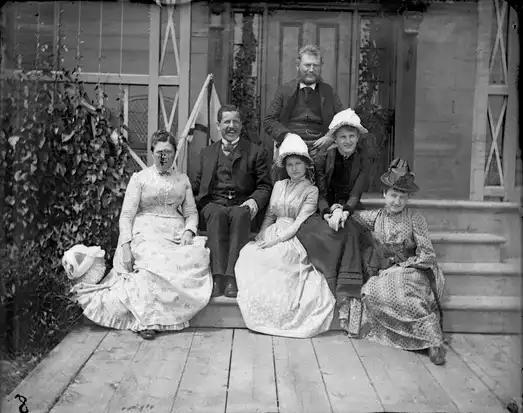The 'Giggling gent' picture (c1889)
The picture shows a family who is captured a bit earlier than expected, fact that allows us to see everybody's natural laughter. This is what used to be known as 'Gigglemug' or 'habitually smiling face'.
21
234 reads
The idea is part of this collection:
Learn more about personaldevelopment with this collection
How to make rational decisions
The role of biases in decision-making
The impact of social norms on decision-making
Related collections
Similar ideas to The 'Giggling gent' picture (c1889)
Looking at the whole picture
While it is important to look the the details we shouldn't forget that the whole picture is important as well.
People who have higher emotional intelligence act with a high degree of self-awareness. They are able to see both sides and understand the situation of both sides.
The Signalling Theory
A smiling face is better than a non-smiling one, so many people put on a plastic smile.
According to research on human social interaction by Alex Pentland, a computer scientist: An engaged, responsive smile that is contextual is likely to be genuine. A consistent smile, without paying ...
The internal clock
All individuals possess what is called 'an internal clock', which has as main purpose to schedule sleep and wakefulness within one entire day of 24 hours.
Now comes the difference in regards to how the 'clock' works for each person: there are people who wake up earlier and go to bed e...
Read & Learn
20x Faster
without
deepstash
with
deepstash
with
deepstash
Personalized microlearning
—
100+ Learning Journeys
—
Access to 200,000+ ideas
—
Access to the mobile app
—
Unlimited idea saving
—
—
Unlimited history
—
—
Unlimited listening to ideas
—
—
Downloading & offline access
—
—
Supercharge your mind with one idea per day
Enter your email and spend 1 minute every day to learn something new.
I agree to receive email updates

